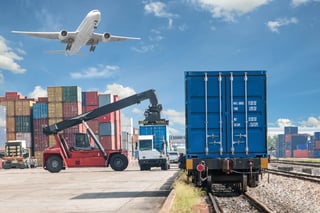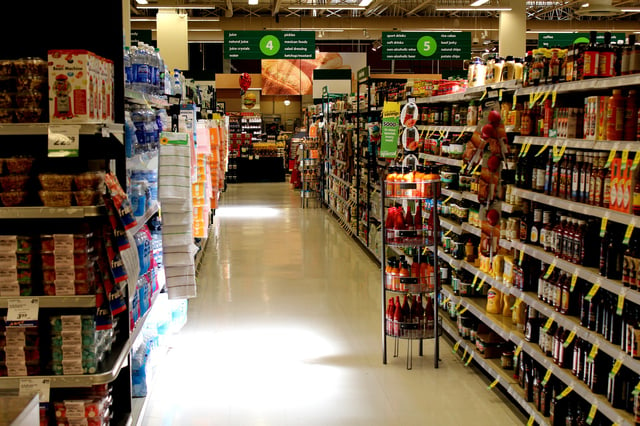
If your consumer packaged goods business has had local success, chances are you’re gearing up to expand into the national market. As you evaluate your distribution channels before the big jump, keep in mind that serving customers nationwide will put far more pressure on your supply chain than your local operations have to date. As a result, once-reliable distribution channels often suffer operations and distribution trouble during the scale-up phase. Key to overcoming these inevitable challenges? Maintaining healthy relationships with retailers and utilizing durable packaging.
Data Dominates
The retailer is perhaps the most critical player in a CPG supply chain, since the brick-and-mortar store is where consumers often see products for the first time. Therefore, it’s imperative you build and maintain strong relationships with your contacts at these locations. However, this can be easier said than done when your network of retailers spans an entire country. That said, CPG companies that empower their field team with easily sharable data can make impressions on new buyers and current retailers alike, no matter where they’re based.
For example, remote teams can use data to combat out-of-stock instances, which cut into both suppliers’ and retailers’ bottom line. Companies like Crossmark equip their reps with CPG software they can use to gather information about stock levels and submit replenishment orders directly from their mobile devices. In cases like these, having data from past retail audits at their fingertips helps companies prove they can preserve continuity throughout the CPG supply chain.
Scaling CPG companies may also want to share more qualitative data with retailers. For example, remote teams can take photos of food and beverage merchandising materials or in-store promotions to show retailers the field marketing activities they use to drive sales. Moreover, CPG companies can use photo documentation of shelf placement as a negotiation tool with new retailers.

Using the Proper Packaging
In addition to managing retailer relationships, distribution can also be a challenge for scaling CPG companies - especially when it comes to packaging. Because your products will have to travel longer distances before reaching the shelves, they could be exposed to unpredictable weather conditions or temporarily stored in a warehouse. To protect your products as they travel across the country, your packaging will need to be lightweight, damage-proof and shaped to fit comfortably in a shipping box.
While durability is the number one concern, it’s important to keep in mind the packaging you select will also have an impact on the cost-effectiveness of your entire supply chain. Beyond the price of the materials themselves, shipping and distribution expenses might fluctuate based on the packaging you choose. Packaging can even affect inventory costs, since rates are often based on the amount of room a product takes up on the shelf. These expenses will continue to grow along with your business, so consider your supply chain carefully before settling on a package design.
As you scale up, enjoy the excitement and hard work that comes with preparing for the national stage. However, be careful not to underestimate how the shift will impact your CPG supply chain strategy. Establishing and maintaining healthy, two-way relationships with retailers around the country can be a challenge, but can have a significant bearing on sales. Plus, you may need to adjust your product packaging to account for broader distribution channels. Focusing on these factors is critical to making sure your other marketing and manufacturing improvements pay off, setting you up for success in the national marketplace.




.png?width=480&height=252&name=PRESS%20RELEASE-2%20(4).png)

